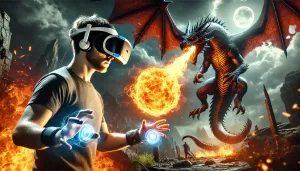The ability to quantitatively analyze how we look at a face and determine if this changes following facial surgery should be of interest to the plastic surgeon. Eye tracking technology (ETT) provides the ability to record where observers fixate when viewing a facial image, enabling quantitative data to be obtained comparing pre- and postoperative changes.
The authors sought to investigate ETT as a novel outcome assessment tool, determining if facial rejuvenation surgery shifts attention away from the prominent signs of aging, and if so, where this attention shifts.
Twenty-five volunteers viewed 32 randomized frontal, oblique, and lateral images of 11 patients pre- and post-facelift. An eye movement monitoring system recorded the observer’s eye position, net dwell time, fixation count, fixation time, and revisits into predefined areas of interest. Data were grouped and analyzed by angle and areas of interest. Paired t tests were employed to detect significant differences in pre- and post-images.











